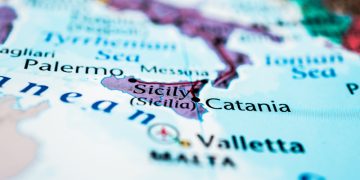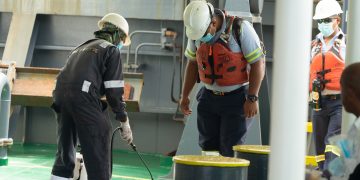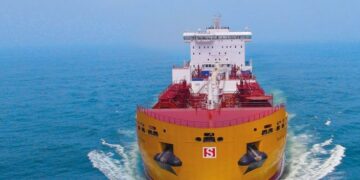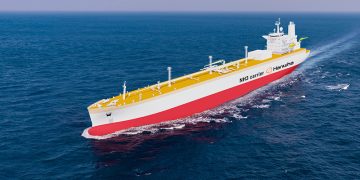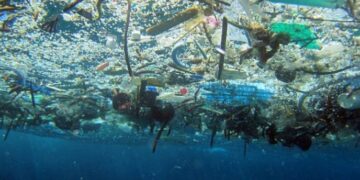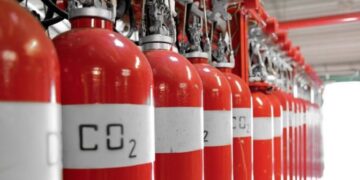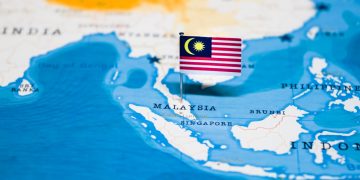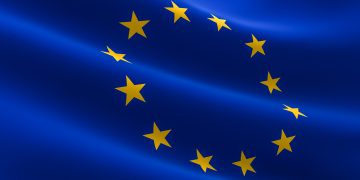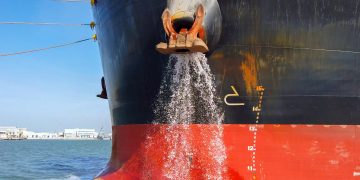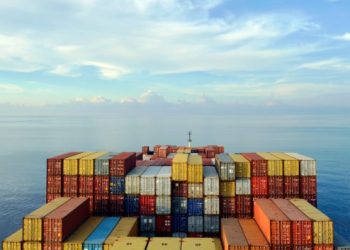In this video, Remi Eriksen, Group President and CEO of DNV GL, and Sverre Alvik, ETO Programme Director, explain the findings of the Energy Transition Outlook. They say that until 2050, energy from renewables will meet 50% of our energy needs. However, currently we are on course to miss the 2⁰C goal by Paris Agreement.
Fossil fuels will account for half of the energy mix until 2050, but during the next decade gas will become the biggest source of energy.
[smlsubform prepend=”GET THE SAFETY4SEA IN YOUR INBOX!” showname=false emailtxt=”” emailholder=”Enter your email address” showsubmit=true submittxt=”Submit” jsthanks=false thankyou=”Thank you for subscribing to our mailing list”]
In addition, from 2030 energy demand will start to go down, despite the increase in population and greater economic output. This will be achieved through energy efficiency. Electricity will play a major role in improving energy efficiency and the fact is that it will increase, as it will double its current share.
In fact, sales of electric vehicles will surpass those of combustion engines by 2027 in Europe. Five years later, China, India and North Amercia will also follow.
These changes will not be as expensive as expected. Namely, energy expenditure will slow down to such a degree by 2050, that the world will spend 44% less that it does today. What is more, more CAPEX will go into renewables and grids, than into fossil fuel project, starting from 2029.
Despite this positive developments however, we are on course to fail the Paris Agreement goals, but the affordability of the energy transition is the silver lining and it gives hope that things will eventually change.




